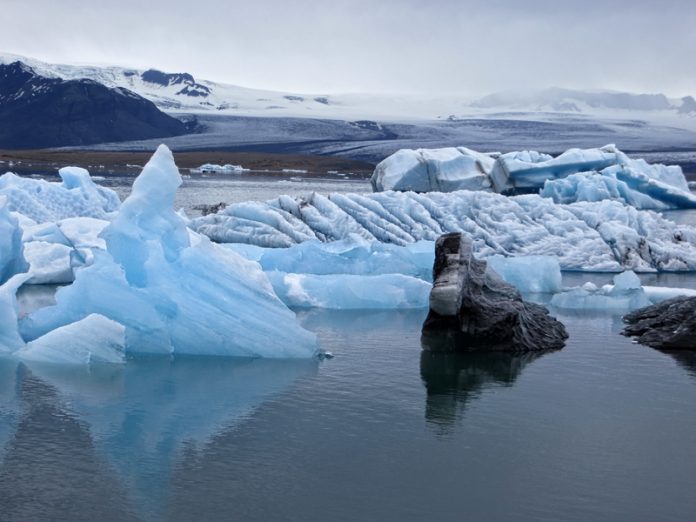EU Commissioner for the Environment, Karmenu Vella highlights the need for climate action and environmental protection in the Arctic
As preparations for the UN climate conference (COP 21) in Paris this December move into full swing, one region undeniably affected by the changing climate is high on the international agenda. Temperatures in the Arctic are rising twice as fast as elsewhere in the world, ice is getting thinner, and a once barely accessible region is now attracting different kinds of attention.
The transformation looks inviting. Routes through the Arctic are shorter. The potential for natural resource extraction, and opportunities for research, jobs and growth, meaning the area is under constant economic pressure.
We must balance this opportunity with an assessment of the risks. We must do this, not only for the 4 million inhabitants and their local environment but for the rest of the globe as well. Sea levels are rising and the ice is thawing faster than our efforts so far to address them.
It may come as a surprise that over 400 000 EU citizens live in the Arctic region. EU consumers provide markets for products from the region, and EU investors and businesses are major players in this development. Recognising the need for development but in a sustainable manner, EU Arctic policy aims to work with the people who know the land best, the people who live there, to protect and preserve the Arctic. We are looking to promote sustainable growth by working together with our global partners.
EU engagement in the Arctic
Over the past 15 years, the EU has provided more than €200m for Polar research, not to mention some regional projects that have been in place for much longer. Projects such as DAMOCLES (Developing Arctic Modelling and Observing Capabilities for Long-term Environmental Studies), ‘Ice2Sea’ and ACCESS (Arctic Climate Change, Economy and Society) have enormously improved our understanding of how climate change is affecting the Arctic environment. A further €40m will be invested in the next 2 years to continue research for the region.
Casting the net a little wider, much larger sums have been involved to help actors on the ground. Between 2007 and 2013, the EU invested more than €1bn on regional development in the Barents region to help projects stimulating local entrepreneurship, investment in infrastructure, energy efficiency in buildings and generating energy from waste.
Managing opportunities
EU funding in northern Scandinavia can help the region move away from a resource extraction-based economy towards a forward-thinking model that fosters green growth and innovation. Opportunities include the renewables sector (hydro, wind power and ocean energy), aquaculture and tourism, but also the digital sector, including cloud services and data centres. The Barents region alone could offer up to €140bn in investment opportunities. With that in mind, the Commission and the European External Action Service are preparing an Arctic policy by 2016 to help the region unlock these opportunities.
We need measures to preserve the Arctic high seas, ensuring that no harvesting of marine resources takes place before we have the necessary science and methods in place to ensure sustainable exploitation. This would be in line with our commitment to the UN Sustainable Development Goals (Goal 14). This commits the international community to protect the oceans globally. The EU is involved in these discussions: from fisheries management in the Arctic high seas to the development of a network of Arctic Marine Protected Areas and setting high safety standards for Arctic vessels through the Polar Code.
A solid base for progress
All eyes are on the Paris climate conference. It remains within our power to tackle climate change and put the world on track towards limiting global warming to less than 2°C. The international community acts now. Without urgent action, climate change will transform the Arctic and the face of our planet, Europe included.
The EU is going to Paris with a clear commitment: to reduce its greenhouse gas emissions by at least 40% by 2030 from 1990 levels. We have a choice and we must have the political courage to act now, collectively, with the ambition to make Paris a turning point in the global transition towards low-emission, climate-resilient societies worldwide.
Karmenu Vella
Commissioner for Environment, Maritime Affairs and Fisheries
European Commission











